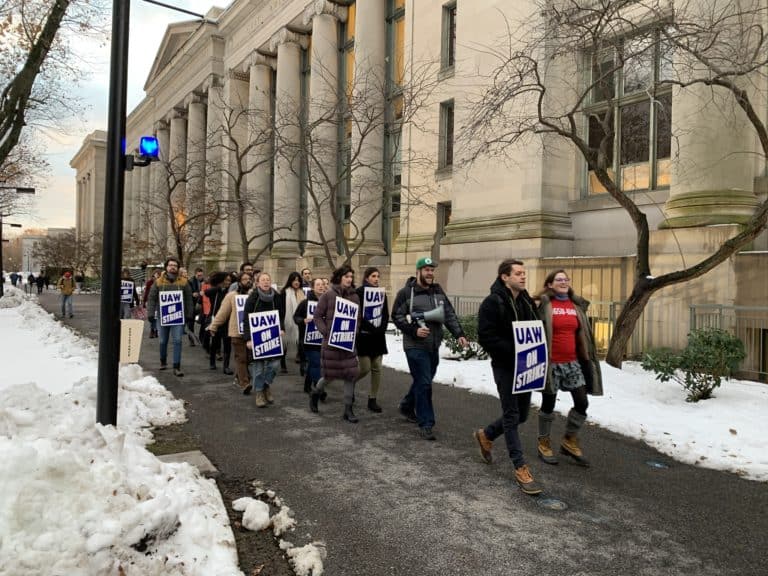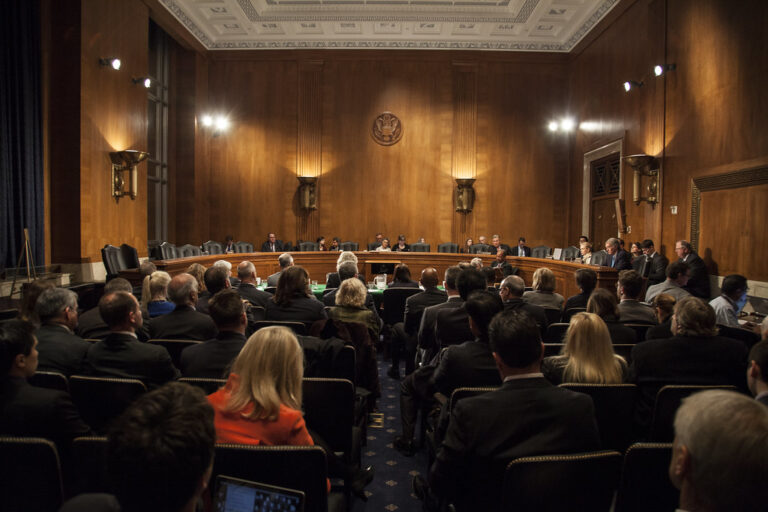Edward Nasser is a student at Harvard Law School.
Public Citizen filed a lawsuit on January 19th asking Department of Labor and the Occupational Safety and Health Administration to turn over copies of forms employers were required to file with the government. In 2017, for the first time, OSHA required companies with 250 or more workers and those in high-hazard industries with 20 or more workers to report summaries of their injury and illness records for the year prior. The Obama administration originally intended for such disclosure, but under the Trump administration, OSHA and the DOL reversed their position. The case is Public Citizen Found v DOL, D.D.C., No. 18-117, 1/19/18.
As the shutdown of the federal government drags into its first full workweek, federal agencies will each begin to implement their own contingency plans in full. Most government workers will report to work on Monday to learn if they will need to keep working or be forced to take unpaid leave. Each agency must determine which workers are essential to safeguarding human life or property and thus must continue. The Wall Street Journal reports some interesting examples: nearly 90% of workers at the Department of Homeland Security will continue to work while the Transportation Department will furlough just over 37% of its 55,000 workers.
On Sunday, The Intercept published a piece reporting on how the labor movement is looking ahead to a post-Trump world. The piece details how labor failed to gain the political capital to pass significant reforms in 1978 and 2009 that would have better protected workers and unions. Among the more ambitious proposals being floated as future goals are a push to end at-will firing, and a call for workers to demand their rights be treated as constitutional rights.
The Wall Street Journal reports on the changing face of labor and the effect a ruling against the American Federation of State, County and Municipal Employees in Janus might have. The piece includes charts and visuals about union participation rates in the public and private sectors as well as state by state breakdowns. Among the more interesting bits of information: union participation in Wisconsin, a state that famously passed a controversial right-to-work bill in 2015, has fallen 10% between 2000 and 2017.






Daily News & Commentary
Start your day with our roundup of the latest labor developments. See all
November 25
In today’s news and commentary, OSHA fines Taylor Foods, Santa Fe raises their living wage, and a date is set for a Senate committee to consider Trump’s NLRB nominee. OSHA has issued an approximately $1.1 million dollar fine to Taylor Farms New Jersey, a subsidiary of Taylor Fresh Foods, after identifying repeated and serious safety […]
November 24
Labor leaders criticize tariffs; White House cancels jobs report; and student organizers launch chaperone program for noncitizens.
November 23
Workers at the Southeastern Pennsylvania Transportation Authority vote to authorize a strike; Washington State legislators consider a bill empowering public employees to bargain over workplace AI implementation; and University of California workers engage in a two-day strike.
November 21
The “Big Three” record labels make a deal with an AI music streaming startup; 30 stores join the now week-old Starbucks Workers United strike; and the Mine Safety and Health Administration draws scrutiny over a recent worker death.
November 20
Law professors file brief in Slaughter; New York appeals court hears arguments about blog post firing; Senate committee delays consideration of NLRB nominee.
November 19
A federal judge blocks the Trump administration’s efforts to cancel the collective bargaining rights of workers at the U.S. Agency for Global Media; Representative Jared Golden secures 218 signatures for a bill that would repeal a Trump administration executive order stripping federal workers of their collective bargaining rights; and Dallas residents sue the City of Dallas in hopes of declaring hundreds of ordinances that ban bias against LGBTQ+ individuals void.